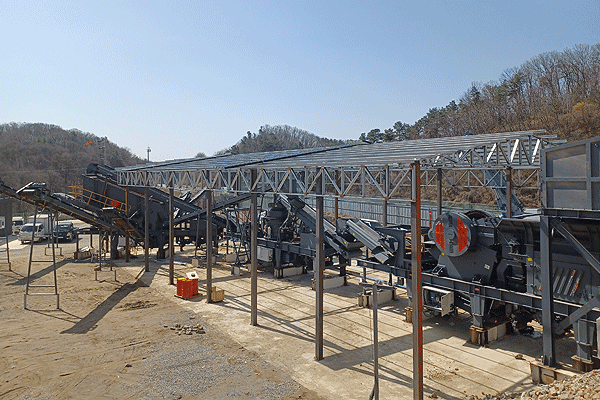Understanding Crusher Prices in Tajikistan
The cost of crushers in Tajikistan varies significantly depending on factors such as type, capacity, and supplier reliability. Whether you’re sourcing jaw crushers, cone crushers, or impact crushers for mining, construction, or recycling purposes, understanding pricing trends helps in budgeting effectively. This article explores key aspects influencing crusher prices in Tajikistan without referencing specific brands or companies.
—
1. Types of Crushers and Their Price Ranges
Crushers come in different designs tailored for various applications:
- Jaw Crushers: Ideal for primary crushing, prices typically range from $15,000 to $100,000 based on size and capacity. Smaller units are cheaper but may lack efficiency for large-scale projects.
- Cone Crushers: Suited for secondary crushing with finer output. Prices start around $40,000 and can exceed $250,000 for high-capacity models.
- Impact Crushers: Versatile machines priced between $30,000 and $200,000 depending on features like adjustable rotor speed.
- Production Capacity: Higher tonnage-per-hour models command premium prices due to enhanced durability and components.
- Material Quality: Machines built with wear-resistant alloys last longer but are costlier upfront.
- Automation Features: Advanced controls (e.g., remote monitoring) add 10–20% to the base price but improve efficiency.
- Import Costs: Tajikistan’s landlocked status increases shipping expenses—expect a 5–15% markup compared to coastal markets.
- Local Suppliers: Offer quicker delivery and easier after-sales support but often stock limited models at higher margins (+10–25%).
- Direct Imports: Sourcing from neighboring countries (e.g., China) cuts costs by 15–30%, though customs delays and tariffs (5–12%) apply. Verify supplier credibility through third-party certifications to avoid counterfeit equipment risks.
- Maintenance Costs: Budget 5–10% of the purchase price annually for replacements like liners or bearings if usage is heavy (>2,000 hours/year).
- Energy Consumption: Diesel-powered mobile crushers save on infrastructure but fuel costs add $50–$200 per operational day—electric models reduce this by half where grid power is stable.
- Resale Value: Well-maintained units retain 40–60% of value after five years; documented service history boosts resale prospects significantly in Tajikistan’s growing secondary market.
- Trade Portals: B2B platforms list real-time offers; filter sellers with Tajikistan delivery experience to avoid hidden fees ($500–$3,000 extra).
- Industry Exhibitions: Regional trade fairs showcase live demos—negotiate bulk purchase discounts (up to 8%) onsite versus online inquiries alone being static priced typically .

Used or refurbished units cost 30–50% less but may require maintenance investments.
—
2. Key Factors Affecting Crusher Prices
Several variables determine final costs:
Local demand surges during infrastructure projects can also temporarily inflate prices by 10–20%.
—
3. Local Market vs. Imported Crushers
Buyers must weigh pros and cons:
Used imports from Europe provide mid-range pricing ($20,000–$80,000) but spare parts availability may be inconsistent.
—
4.Total Cost of Ownership Beyond Purchase Price
Smart buyers evaluate long-term expenses:
—
5.Where to Find Reliable Pricing Information
Accurate quotes require research across channels:
Local mining associations publish quarterly average price benchmarks helpful during negotiations too .
Always request breakdowns including warranties (standard is one year extendable), installation fees ($2k-$10k),and training charges if applicable($1k-$5k).
—
Conclusion
Purchasing a crusher in Tajikistan involves balancing initial investment against operational needs.Local conditions like import logistics play major roles,but informed buyers who compare total lifecycle costs secure better value.Opting for modular designs allows future upgrades without full replacements—a strategic approach amid evolving industry demands.Consult multiple vendors anonymously first before committing funds given fluctuating steel/component costs impacting final pricing unpredictably year-round .
